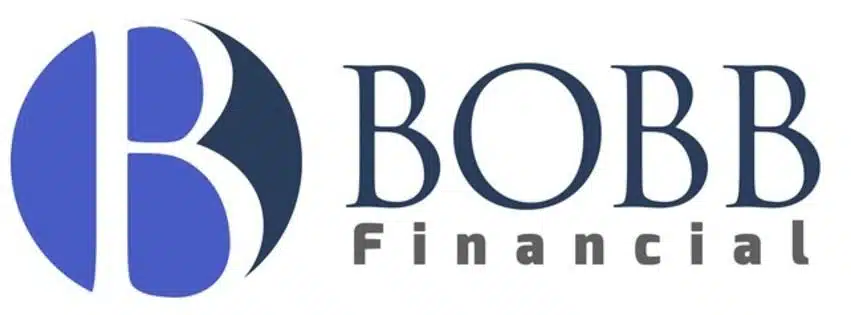Many medical students pile up student loans through under grad and medical school. A 100k or even 200k balance can seem insurmountable for a resident, but is this way of thinking accurate? I have found that most residents choose not to make payments on their student loans while they are in residency. Why is that? Here are some reasons taken directly from residents.
- Very limited income especially if supporting a family
- I don’t think a $100 payment is going make any impact on my 200k plus of loans
- I will make plenty of money in four years and I’ll deal with it then
- I don’t understand them
As is always the case – KNOWLEDGE IS POWER! I realize I am not going to be able to fix everyone’s loan issues in this article; however, I do hope to prove why it would be a great financial decision to make payments on your student loans while in residency. While the first point above is very true, it is not impossible to make a small monthly payment toward your loans and is likely beneficial.
Here are the three main reasons that residents should usually make payments on their student loans.
- The payment is likely to be very small
- The unpaid portion of interest will be partially subsidized
- It starts the clock for Public Service Loan Forgiveness
Small Payment
Residents can make a payment based on their income as long as they have a significant amount of student loans. The table below gives you an estimate of how much a payment would be based on a resident with an income of $55,000 and a family of three. We are assuming a balance of 200k on student loans and an interest rate of 6.5%.
Repayment Plan Monthly Amount
REPAYE $207
PAYE $207
IBR $311
Each of these payment plans has its own set of rules and which one is best depends on the details of your situation. While it may not be your first choice to add $207 to your monthly expenses it can be a huge benefit in the long run.
Interest forgiveness
The first reason it can be a benefit is due to interest forgiveness. Three of the income driven repayment plans forgive some of the interest due on the loans for three years if it is not fully paid. One of the plans, REPAYE, pays all unpaid interest on subsidized loans and ½ of the unpaid interest on unsubsidized loans for the first three years. After the first three years of payments, ½ of all unpaid interest will be paid by the government. In the scenario above the interest accumulated for a year would be $13,000 however the individual only paid $2,484 per year.
$13,000 interest – payment of $2,484 = $10,516
If a minimum of half of the interest will be forgiven then the student loan holder will have at least $5,258 ($10,516 / 2) of interest forgiven.
Therefore the individual saved at least $5,258 per year for a total savings of $15,774 over a three year time period. That’s a pretty good savings over a three year time period by simply paying $207 a month. Again, this is only a 3 year time period and a balance of 200k in loans, if you factor in a larger balance and a longer time frame your savings would be even higher.
Start the clock for PSLF
Making payments can start the clock ticking for Public Service Loan Forgiveness (PSLF). Before qualifying for forgiveness, an individual must make 120 monthly payments (10 years) in a qualifying job. A person looking to qualify for PSLF would want to start payments immediately and make the smallest payment possible. The smaller the payments over the ten year time period the larger the forgiveness will be at the end. Making 120 payments is the only way to satisfy the time period for forgiveness, therefore it is best to start making those payments immediately.
Income driven payments
If payments are based on income it also makes sense to start making those payments when your income is low. If we go back to our example of the family of 3, this young doctor only has to make a payment of around $200 while in residency, but once income jumps to 200k a year the payment will increase to over $1400 a month! If you are going for PSLF you want to make payments as soon as you can while your income is low – the lower the better!
What if you have no idea who you will work for after residency? You may want to start making payments anyway! The employment landscape has changed drastically over the past 20 years. More and more private practices are being bought out by much larger hospitals and clinics all the time. The majority of doctors going into practice today will work for a 501(c) which fulfills the employment part of PSLF.
While paying student loans during residency isn’t a requirement for most, it can be a great way to save money in the longer term. The payment would likely be small due to income driven payments that would be smaller now than after residency. Some of the interest will be subsidized or paid for, and it will start the clock for PSLF. Those are three very good reasons to start making payments on your student loans today!
If you are interested in looking at your particular situation and assessing how this strategy could work for you, contact me for a discussion.
Material discussed is meant to provide general information and it is not to be construed as specific investment, tax or legal advice. Individual needs vary and require consideration of your unique objectives and financial situation.
Brad Bobb, CFP® is the owner of Bobb Financial Inc, and an expert in retirement planning for federal employees.

